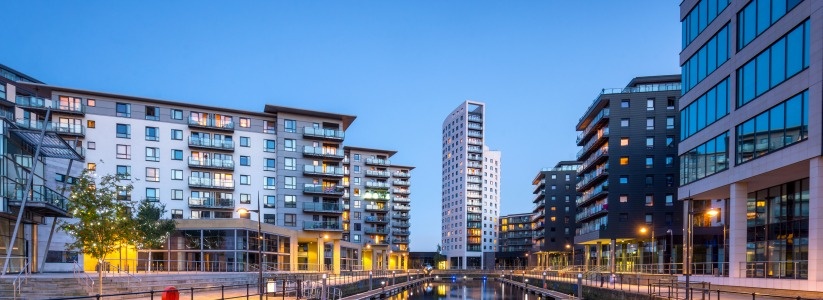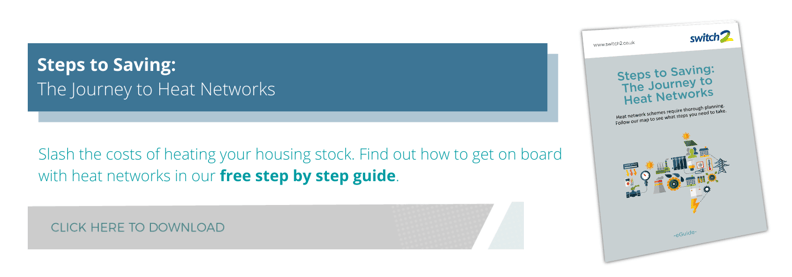The customer must come first at all stages of designing, developing and delivering heat networks , says Kirsty Lambert, Director of Switch2 Energy and Chair of the Heat Network Industry Council Customer Experience working group. In this blog, she explains how the working group will drive higher customer service standards across the sector.
 Delivering a consistent and excellent customer experience is central to the Heat Network Industry Council's (HeatNIC) vision for a thriving heat network sector that can provide 18% of the UK's affordable and sustainable heat demand by 2050.
Delivering a consistent and excellent customer experience is central to the Heat Network Industry Council's (HeatNIC) vision for a thriving heat network sector that can provide 18% of the UK's affordable and sustainable heat demand by 2050.
Currently UK heat networks supply just over 2% of total heat demand. To achieve steep growth, customer service standards must rise to the top of the priority list. After all, it's the residents who pay for the heat network and rely on it long after project completion. Customer confidence in the sector is, therefore, vital to stimulating future growth.
5 priorities to improve the customer experience
At our first Customer Experience Working Group meeting we set out 5 priority areas that will be our focus for the year ahead and beyond.
- Customer protection – including a campaign to ensure all heat schemes achieve Heat Trust registration and are compliant with its standards. We will also develop stronger best practice processes to handle debt and protect vulnerable customers; and measures to deal with different rules for gas and electric, making heat comparable and raising awareness of this for consumers.
- Information – through better resident communication and education, using clear terminology at all stages of heat network development and operation. The aim is to build consumer trust and knowledge.
- Tariffs and charges – to ensure complete transparency of billing and charges plus standardisation and clarity of tariff setting. Our objective is to ensure fairness and affordability.
- Funding – harnessing government funding to minimise operational costs and increase affordability for residents, particularly in the transition to zero carbon heat networks. This may include funding to upgrade older heat schemes to improve environmental performance.
- Quality – by guaranteeing high standards of performance, without a cost premium to the customer. The aim is to achieve higher standards than the equivalent premium gas boiler heating services. We will also increase pressure on designers and developers to take ownership and responsibility for fixing errors that might not be identified until the operational stage.
I am excited and privileged to lead the HeatNIC Customer Experience working group, which comprises highly skilled and experienced heat network professions from our member organisations. Together, we have the specialist knowledge and passion to transform the customer experience and raise standards for millions of residents.
It was wonderful to see the collective power of the HeatNIC in action in May when we launched a new consumer protection agreement to support customers through the pandemic. This package of measures is ensuring that our customers remain supplied with energy, heating and hot water through challenging times. This initiative is helping to support residents who are at risk or experiencing financial distress in challenging times.
Our working group will explore how technology and digital innovation can best be used to address customer challenges and continue to raise standards across the sector. We will work with focus, vigour and purpose to fully understand the issues and views of residents and to champion the highest standards of customer protection and service.



